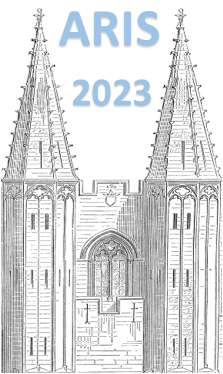Orateur
Description
Multi-reflection time-of-flight (MRTOF) mass spectrometry [1] has become a new powerful tool for fast and precise measurements of atomic masses. It is a breakthrough-technology considering the required duration of a measurement and the small number of rare events needed to reach a relative mass precision of $\delta m/m \leq 10^{-7}$. This mass spectrometry technology has been developed at RIKEN's RIBF facility for about two decades. Presently, three independent systems are running at different access points to radioisotopes, where gas cells built the essential hub for low-energy access. Recent achievements like high mass resolving power [2] and installations like $\alpha/\beta$-TOF detectors [3] and in-MRTOF ion selection have tremendously increased the selectivity of the systems and improved the reduction of background. This makes us capable to distinguish between a rare radioactive ions and unwanted molecules or dark counts.
In this contribution, I will give an overview about recent MRTOF atomic mass measurement highlights achieved at RIBF. Among other measurements presented, these results include new mass values for neutron-rich titanium and vanadium isotopes revealing a vanishing of the empirical two-neutron shell gap at $N = 34$, which is known to be pronounced in Ca isotopes [4]. Furthermore, I will present the discovery of the isotope $^{241}$U using the KISS facility [5], and the present status of MRTOF mass measurements of superheavy nuclides using the MRTOF setup at the GARIS-II separator [6].
References:
[1] H. Wollnik, M. Przewloka, Int. J. Mass Spectrom. Ion Proc. 96, 267 (1990).
[2] M. Rosenbusch et al., Nucl. Instrum. Meth. A 1047, 167824 (2023).
[3] T, Niwase et al., Theo. Exp. Phys. 2023(3), 031H01 (2023).
[4] S. Iimura et al., Phys. Rev. Lett. 130, 012501 (2023).
[5] T. Niwase et al., Phys. Rev. Lett. 130, 132502 (2023).
[6] P. Schury et al., Phys. Rev. C 104, L021304 (2021).

